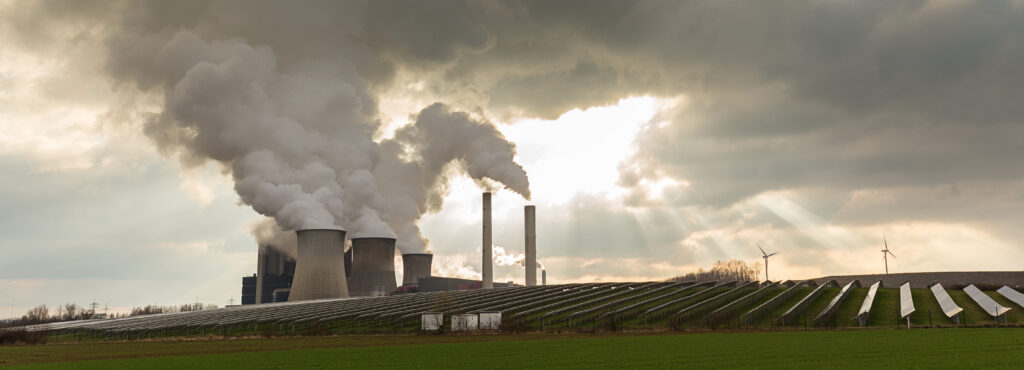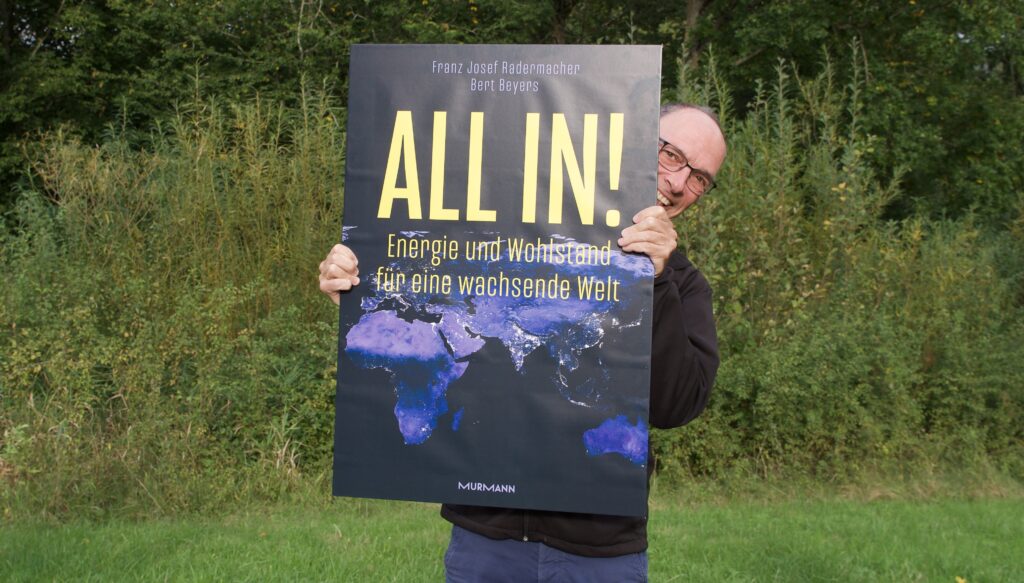Focus topic:
How to make the German energy transition in the electricity sector affordable

There is an urgent need to correct the energy transition in the electricity market. GES presents a new paper on this topic. McKinsey has proposed limiting the expansion of wind and solar energy in Germany. This would also eliminate costs for the expansion of power lines. This could already save 150 billion euros in investments by 2035. GES is going further and suggesting that wind and solar power in Germany should not be expanded beyond 50 per cent of the overall system, as anything else is uneconomical. In addition to the volatile sources of wind and solar power, a stable electricity system needs a second pillar with reliable, controllable energy. Gas-fired power plants that capture CO2 would also further reduce electricity system costs. The GES proposals could avoid a further 150 to 200 billion euros in investment costs by 2035. The competitiveness of Germany as a business location would be significantly strengthened.
Christof von Branconi (GES) summarises the most important points in an interview.
According to GES estimates, the demand for electricity will be lower than previously planned: The e-car boom is not happening, the same applies to heat pumps and the expansion of large electrolysers for the production of green hydrogen is also lagging behind. In addition, industrial demand is declining. Instead of the more than 700 terawatt hours of electricity demand previously expected, GES anticipates a maximum of 600 to 650 terawatt hours by 2035.
Unlike the German government, which is aiming for the full expansion of renewables, GES is focussing on two pillars for the electricity system. For three reasons: Firstly, the GES concept makes it easier to provide energy for periods of darkness and prolonged windlessness, especially in the winter months when there is little sunshine. Secondly, the dual structure helps to stabilise the electricity grid, which is crucial for security of supply. And thirdly, the two-pillar model helps to control the costs of the electricity system.
News in brief
At this point, some news of the last few weeks will be addressed which, from GES’ point of view, are reason for hope because they contain building blocks of a possible global solution and / or could help to develop a realistic view of the challenges ahead of us.
The German government has passed the new CO2 Storage Act. For years, carbon capture and storage was practically prohibited in Germany. Now CO2 captured in Germany is to be exported or injected under the North Sea on German territory. Carbon capture at German coal-fired power plants is still not permitted.
The National Hydrogen Council expects a significantly higher demand for hydrogen. The panel of experts assumes a total demand of between 94 and 125 terawatt hours by 2030.
The German government also recognises the need for action and has launched the Hydrogen Acceleration Act. It removes obstacles to the authorisation of infrastructure projects that produce, store or import hydrogen. It accelerates, simplifies and digitalises the relevant planning, approval and procurement procedures. GES welcomes this law, which will also benefit the planned hydrogen and ammonia import terminals. As described in the GES background paper, the share of imports for hydrogen will tend to be higher than 70 per cent, and corresponding import capacities must come on stream in good time.
Germany is increasingly importing Russian artificial fertiliser, which is produced from natural gas. In fact, European imports of fossil fuels from Russia have fallen significantly since the start of the war in Ukraine. Artificial fertiliser, however, is not subject to EU sanctions. Friedbert Pflüger also points this out. He speaks of an increase in imports in Germany of 920 per cent compared to pre-war levels.
According to a survey by the German Chamber of Industry and Commerce (DIHK), short-term power outages are increasingly leading to production losses and machine damage. Around 70 per cent of the companies surveyed reported power outages that lasted several minutes. The exact cause usually remains a mystery.
Until recently, the motto at Mercedes was ‘Electric only’ – get out of combustion engines as quickly as possible. In view of weak sales figures for electric vehicles, Group CEO Ola Källenius has now said that combustion engines could be sold ‘well into the 2030s’. The German car market is apparently currently undergoing a reorganisation.
The German Council of Economic Experts is in dispute about the future technology for lorries. Four out of five members recommend the promotion of battery-electric lorries including charging infrastructure. Veronika Grimm cast a minority vote in favour of keeping all drive options open, including hydrogen technology. In its paper on the topic, GES considers the fixation on battery-electric lorries to be wrong and advocates an open-technology approach that also includes climate-neutral fuels.
Italy is leading the way when it comes to HVO (Hydrated Vegetable Oil). The largely climate-neutral diesel fuel is now available nationwide. As a rule, the price in Italy is around five cents below that of fossil diesel. The state-controlled energy company ENI had already converted two former petroleum refineries in 2014. A third in Livorno is on the way. HVO100 has also been officially authorised for sale in Germany since last week. GES has covered the topic in detail.
In a study, the International Energy Agency (IEA) argues in favour of investing massively in the supply of raw materials for the energy transition. The IEA expects the global market for key minerals to double to more than 770 billion US dollars by 2040.
In a study, the International Energy Agency (IEA) argues in favour of investing massively in the supply of raw materials for the energy transition. The IEA expects the global market for key minerals to double to more than 770 billion US dollars by 2040.
The planet is warming faster than ever before, but the rise in temperature could slow down in the coming years. This is the conclusion of the Intergovernmental Panel on Climate Change’s annual interim report in its Indicators of Global Climate Change 2023 study, which states that the 1.5 degree target will be exceeded before the end of this decade unless unexpectedly strong volcanic eruptions prevent the rise. According to the climate models, warming of more than two degrees or more is likely – even if all national climate targets are met. Which cannot be assumed at present.


